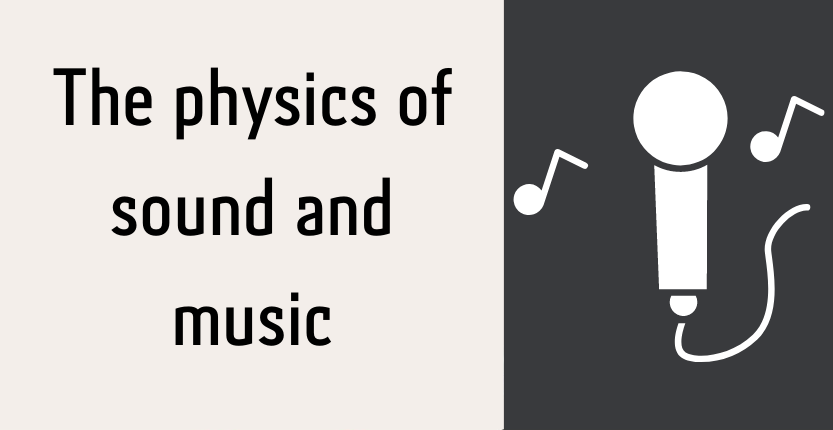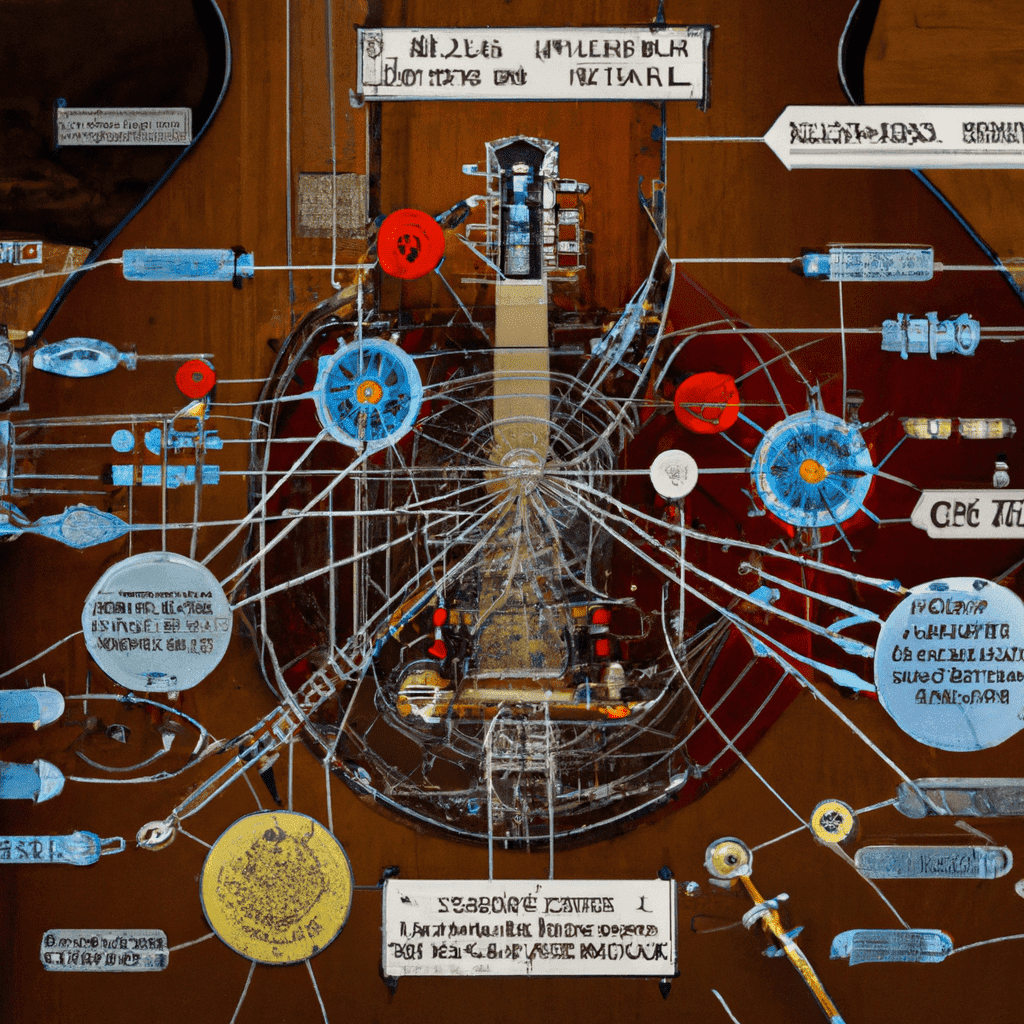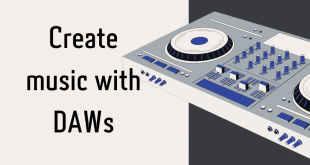Sound is a fundamental part of our daily lives, yet many of us do not fully understand the physics behind it. Sound is a mechanical wave that travels through a medium, such as air or water, and can be described by its frequency, wavelength, and amplitude. In music, these properties of sound are used to create different notes, harmonies, and rhythms.

We will discuss how sound waves are produced and how they travel through different mediums. We will also cover the concepts of frequency, wavelength, and amplitude, and explain how they relate to the perception of sound. Additionally, we will explore how these properties of sound are used in music to create different sounds and styles.
Sound is a form of energy that travels in waves through a medium. The medium can be a solid, liquid, or gas, such as air. Sound waves are created by a vibrating object, such as a guitar string, a drumhead, or a human vocal cord. These vibrations cause the surrounding air particles to compress and expand, creating a pressure wave that propagates through the medium.
One of the key characteristics of sound waves is their frequency. Frequency is the number of waves that pass a given point in a second and is measured in Hertz (Hz). The higher the frequency of a sound wave, the higher the pitch of the sound. For example, a low-frequency sound wave with a frequency of 50 Hz will create a low-pitched sound, while a high-frequency sound wave with a frequency of 10,000 Hz will create a high-pitched sound.
Another important characteristic of sound waves is their wavelength. Wavelength is the distance between two corresponding points on a wave, such as the crest or the trough. Wavelength is also related to frequency, as the wavelength of a sound wave is inversely proportional to its frequency. This means that high-frequency sound waves have shorter wavelengths than low-frequency sound waves.
The Role of Resonance in Sound Production
Resonance is an important concept in the production of sound, particularly in musical instruments. When an object vibrates at its natural frequency, it produces a sound wave with a strong amplitude.
This is why certain notes on a piano or guitar sound particularly rich and full – they are resonating at their natural frequencies. Understanding resonance can help musicians create more nuanced and expressive performances.

Amplitude is the third key characteristic of sound waves. Amplitude is the measure of the maximum displacement of a wave from its equilibrium position. In other words, amplitude is a measure of how loud a sound is. The greater the amplitude of a sound wave, the louder the sound.
In music, these properties of sound are used to create different notes, harmonies, and rhythms. Notes are created by producing sound waves with specific frequencies. The notes in a musical scale are organized according to their frequency ratios. For example, in Western music, the octave is divided into 12 equally spaced intervals, each with a frequency ratio of 2^(1/12). This means that the frequency of each note is higher than the previous note by a factor of 2^(1/12).
Harmonies are created by playing two or more notes simultaneously. When two notes are played together, they create a series of additional frequencies known as overtones or harmonics. The relative amplitudes of these overtones determine the quality or timbre of the sound.
Rhythm is created by arranging sounds in time. In music, rhythms are often based on the division of time into equal intervals, such as beats or measures. Different rhythms can be created by varying the length of the intervals or by adding accents to specific beats.
In conclusion, the physics of sound and music is a fascinating field that involves the study of how sound waves are produced and how they travel through different mediums. This knowledge can be applied to a variety of fields, including music, acoustics, and sound engineering.
